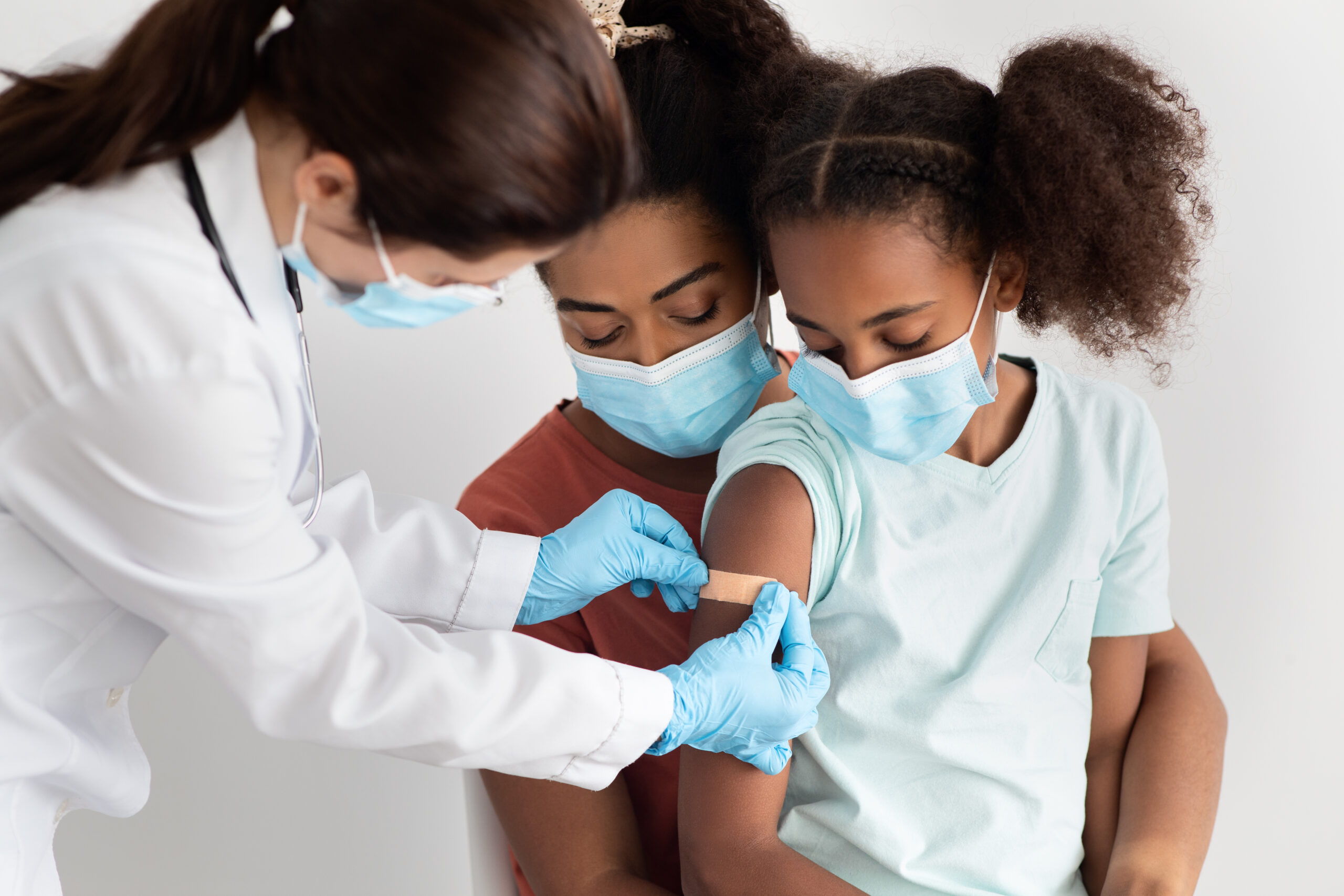This article appeared on NBC. Read the full story here.
State health officials are warning Montanans about a spike in chickenpox cases in young children.
The Department of Public Health and Human Services is seeing a 200% increase in cases this year, and experts believe the main cause is exposure to shingles.
In 2022, there were 23 cases of chickenpox cases reported in Montana.
There are already 18 cases of the virus reported this year, less than halfway into 2023. During this time last year, there were six cases reported.
Health officials said at least half of this year’s infections were transmitted from an adult family member with shingles, a similar illness that comes from the same virus and is very contagious.
Officials said the best way to protect individuals and children from chickenpox is to get vaccinated against the disease.
DPHHS released the following information:
Department of Public Health and Human Services (DPHHS) officials are reporting a recent increase in the number of cases of chickenpox reported in school-aged children.
And, at least half of these infections were acquired from an adult family member with shingles. Chickenpox, or varicella, can be a serious illness and is easily preventable with vaccination.
“The best way to protect yourself and your child from chickenpox is vaccination,” says Jessica Lopeman, a registered nurse and epidemiologist with DPHHS.
In 2022, there were 23 reported cases of chickenpox in Montana. Cases ranged in individuals from age 1 to over 65. One infant and one young adult required hospitalization.
Early numbers from 2023 show 18 reported cases of chickenpox with no known hospitalizations. Only six cases were reported during the same period last year, which is a 200% increase in cases year-to-date. Shingles is not a reportable condition; therefore, there is no data on the number of cases last year in Montana.
Shingles is a reactivation of the varicella virus, the virus that causes chickenpox. It occurs in 1 of 3 persons who have had chickenpox in their lifetime. Shingles has a rash that presents as red bumps and blisters, usually in a narrow area on one side of the body. This rash may be itchy or painful and is contagious until it has scabbed over completely and can be transmitted by direct contact.
However, the virus is almost exclusively transmitted to people who are not vaccinated for chickenpox or have never had it in the past.
Transmission of the virus may be prevented by covering the shingles rash to prevent contact. The incidence of shingles increases with age, and vaccination against shingles is recommended for persons 50 years and older.
Chickenpox is an illness with a rash and a fever. Like shingles, chicken pox is also caused by the varicella virus. The rash usually appears 14 to 16 days following exposure to the varicella virus, but can be as early as 10 days or as long as 21 days.
It is highly contagious to those who are not immune, especially those who have not been vaccinated with two doses of chickenpox vaccine. Chickenpox can also be serious, even life-threatening, especially in babies, adolescents, adults, pregnant women and people with weakened immune systems. The vaccine is excellent at preventing chickenpox by providing 98.3% effectiveness.
“With the recent rise in cases related to shingles exposures, DPHHS is reminding parents and grandparents that shingles can cause chickenpox in unvaccinated persons who have not previously had the virus,” Lopeman said. “It’s important that children are up-to-date on vaccines, including the chickenpox vaccine, and if someone does develop shingles, keep the shingles rash covered to prevent exposure and transmission of the varicella virus.”

